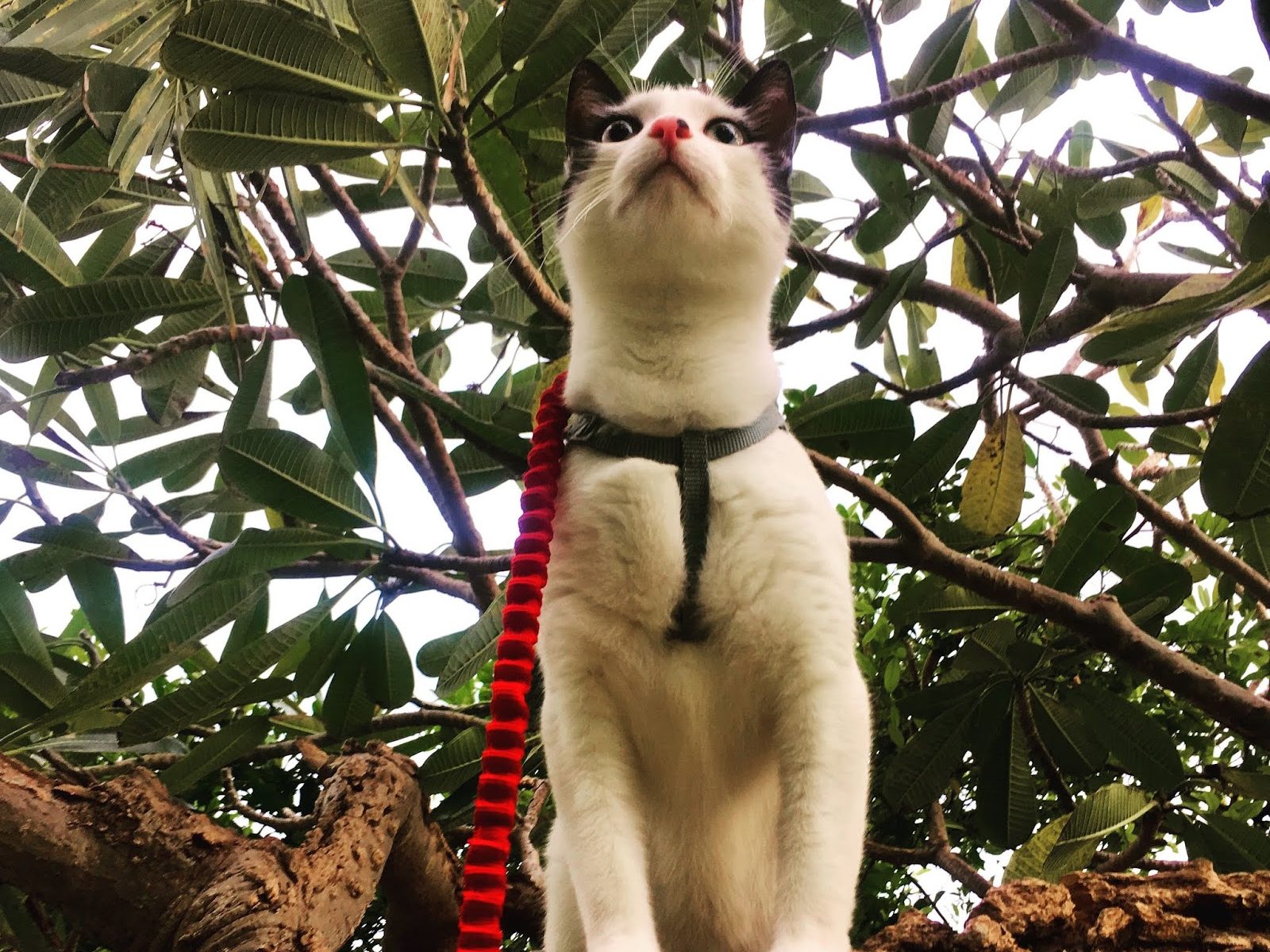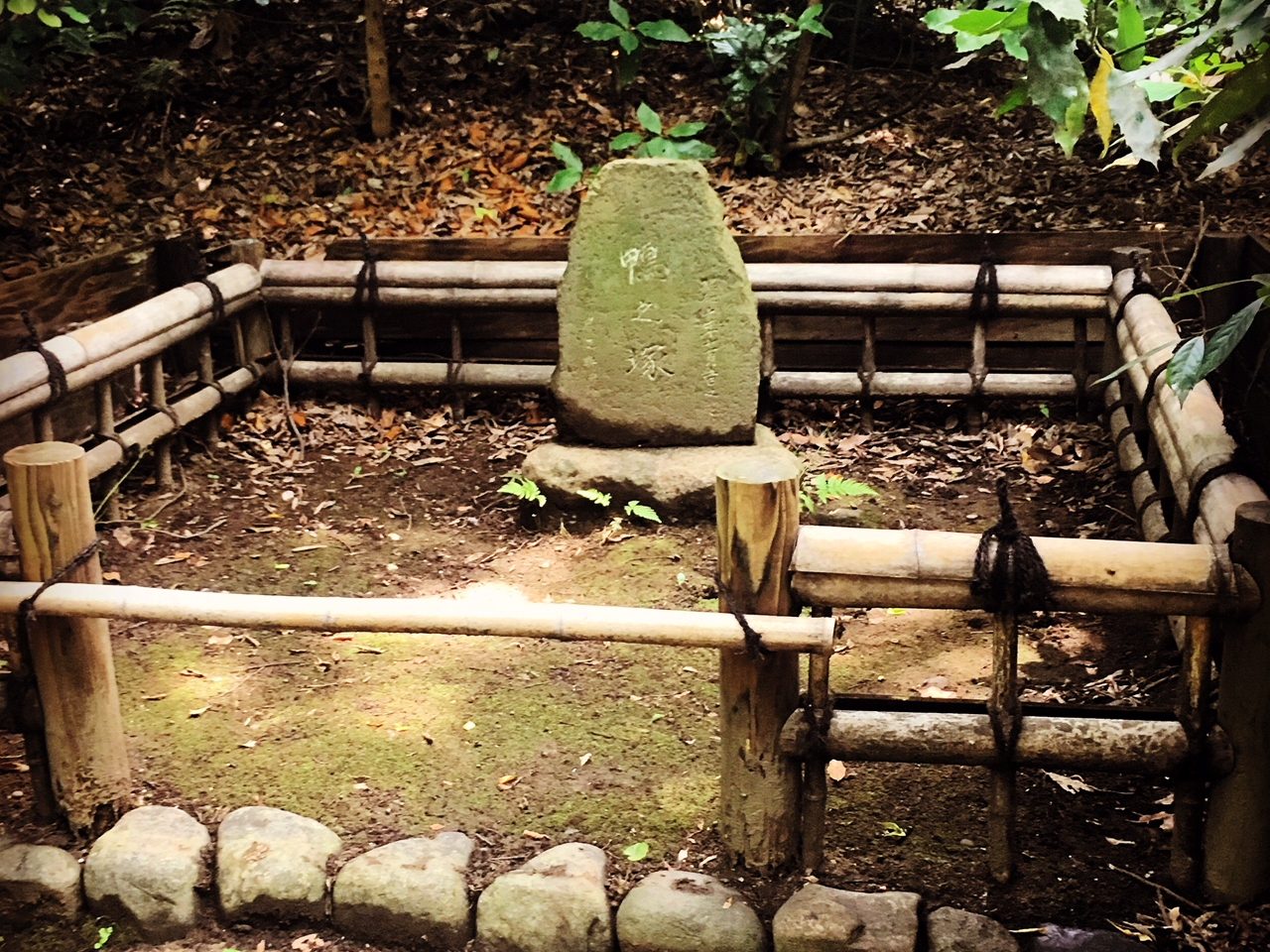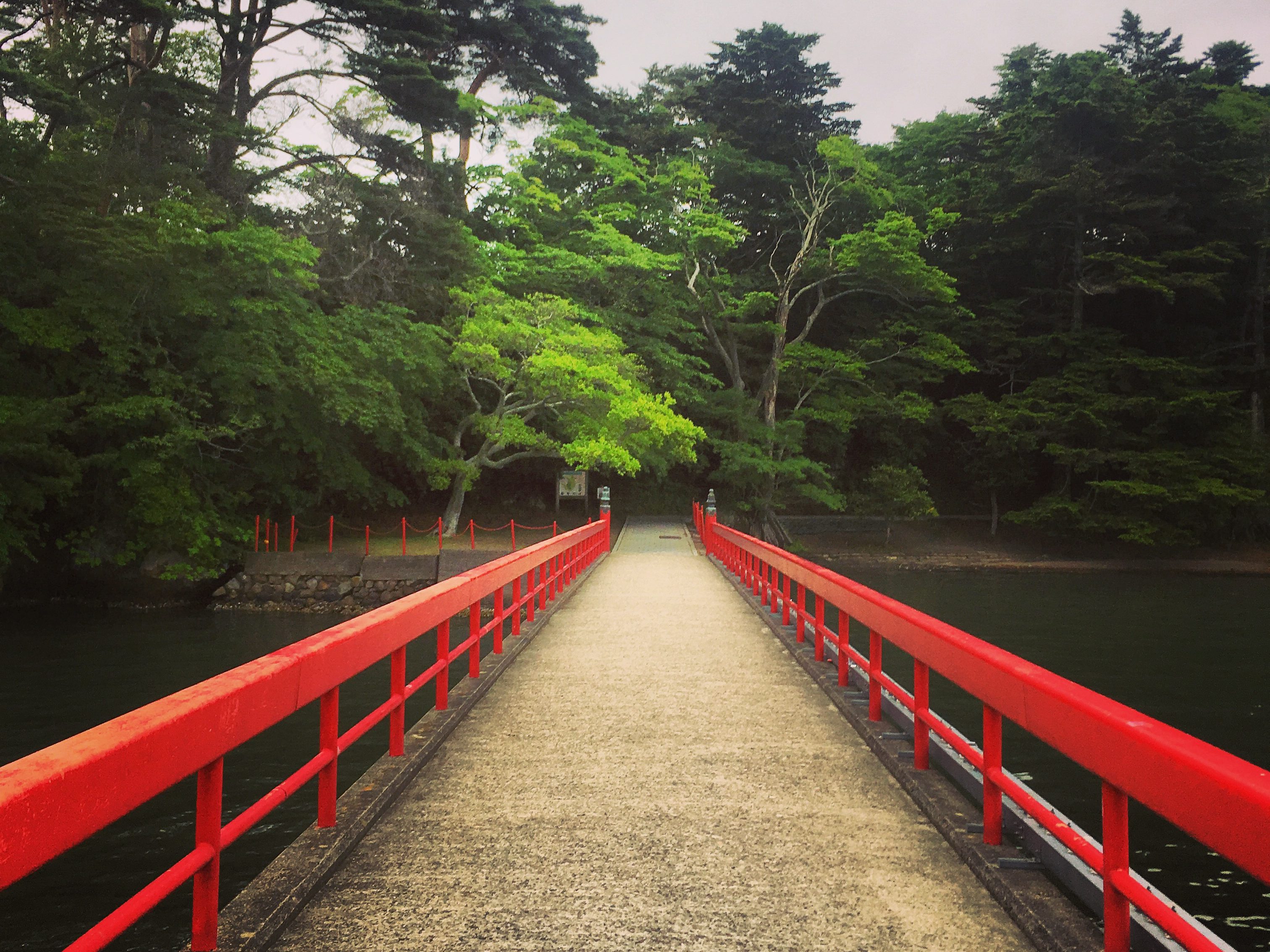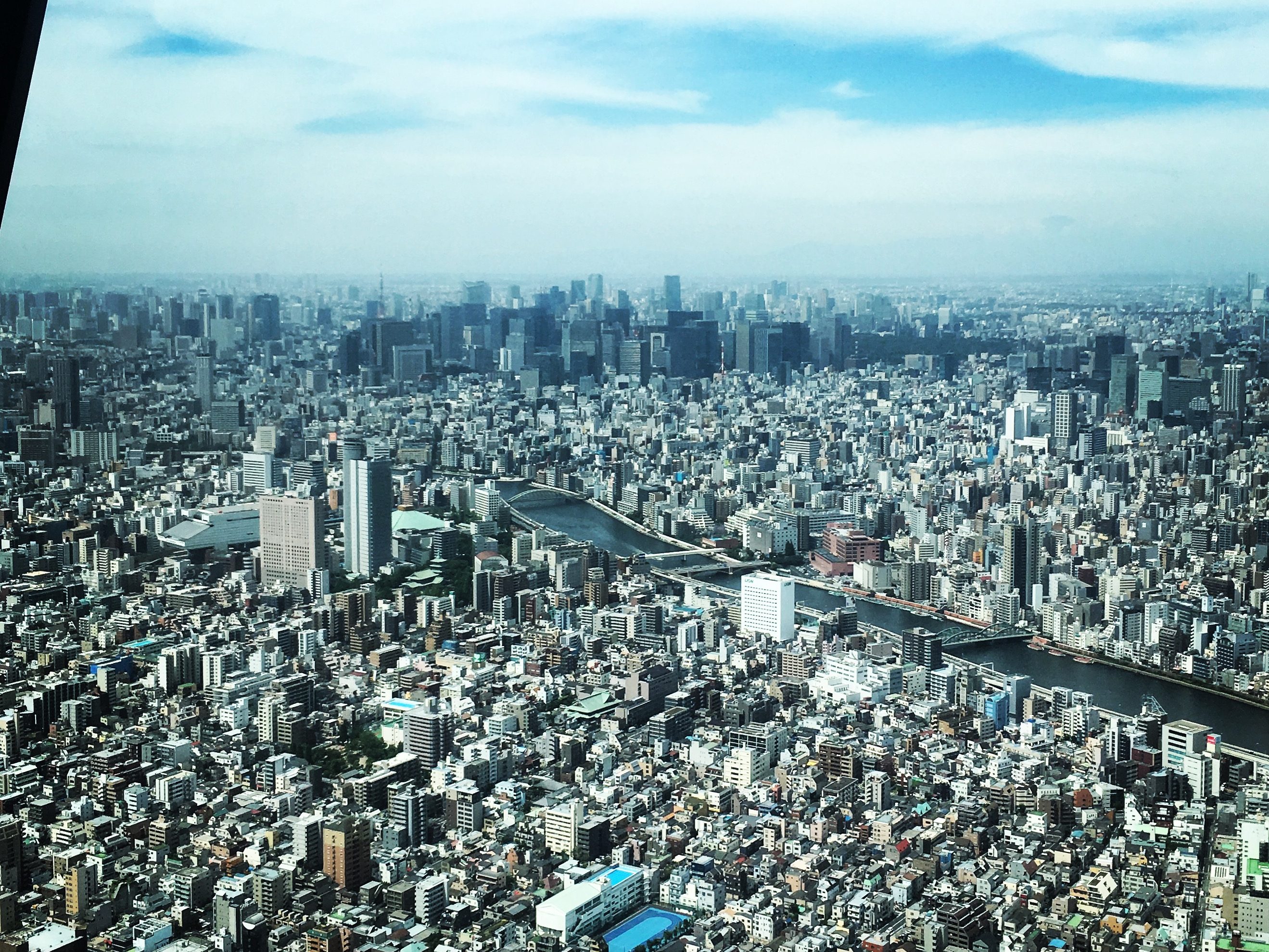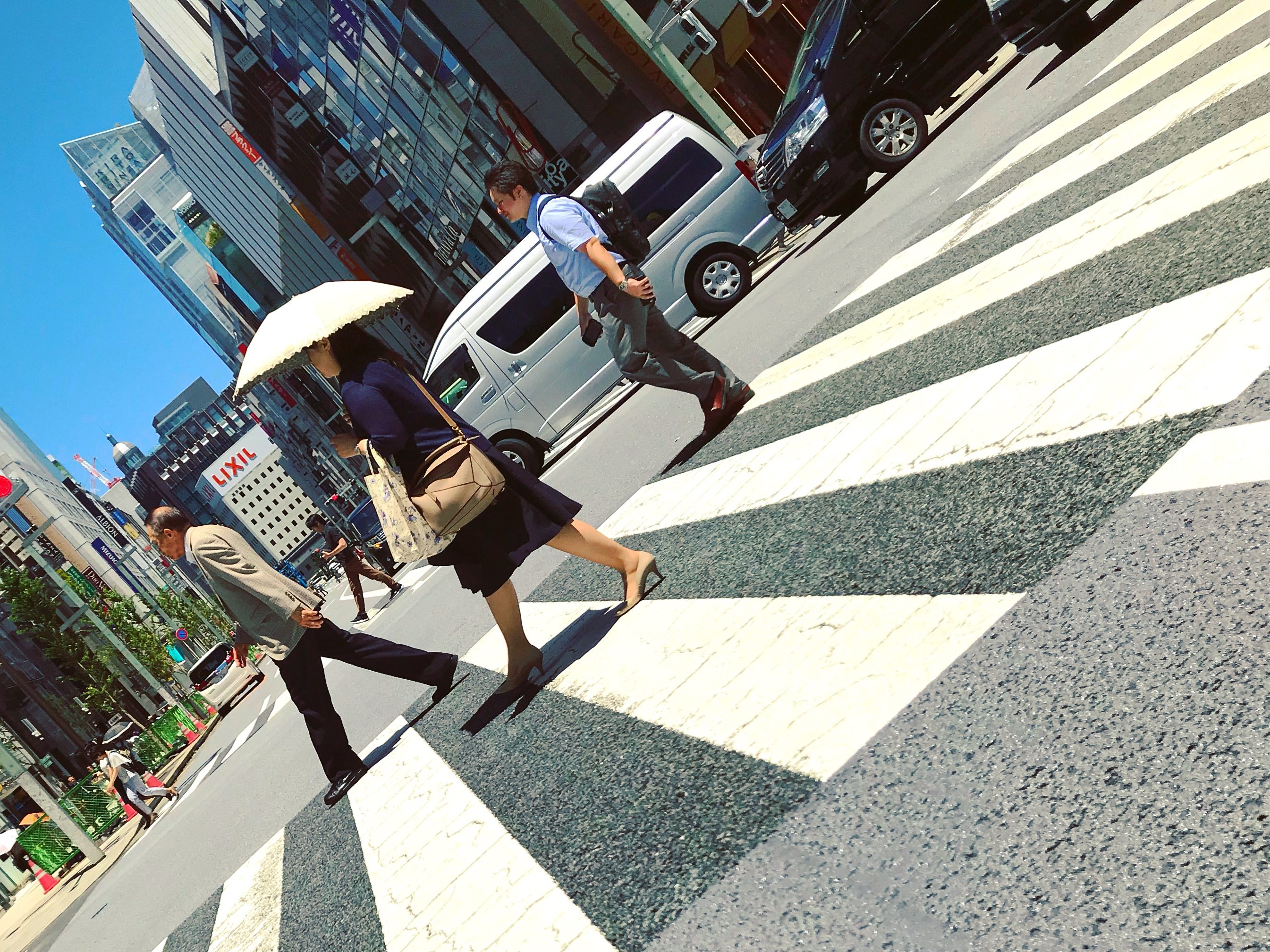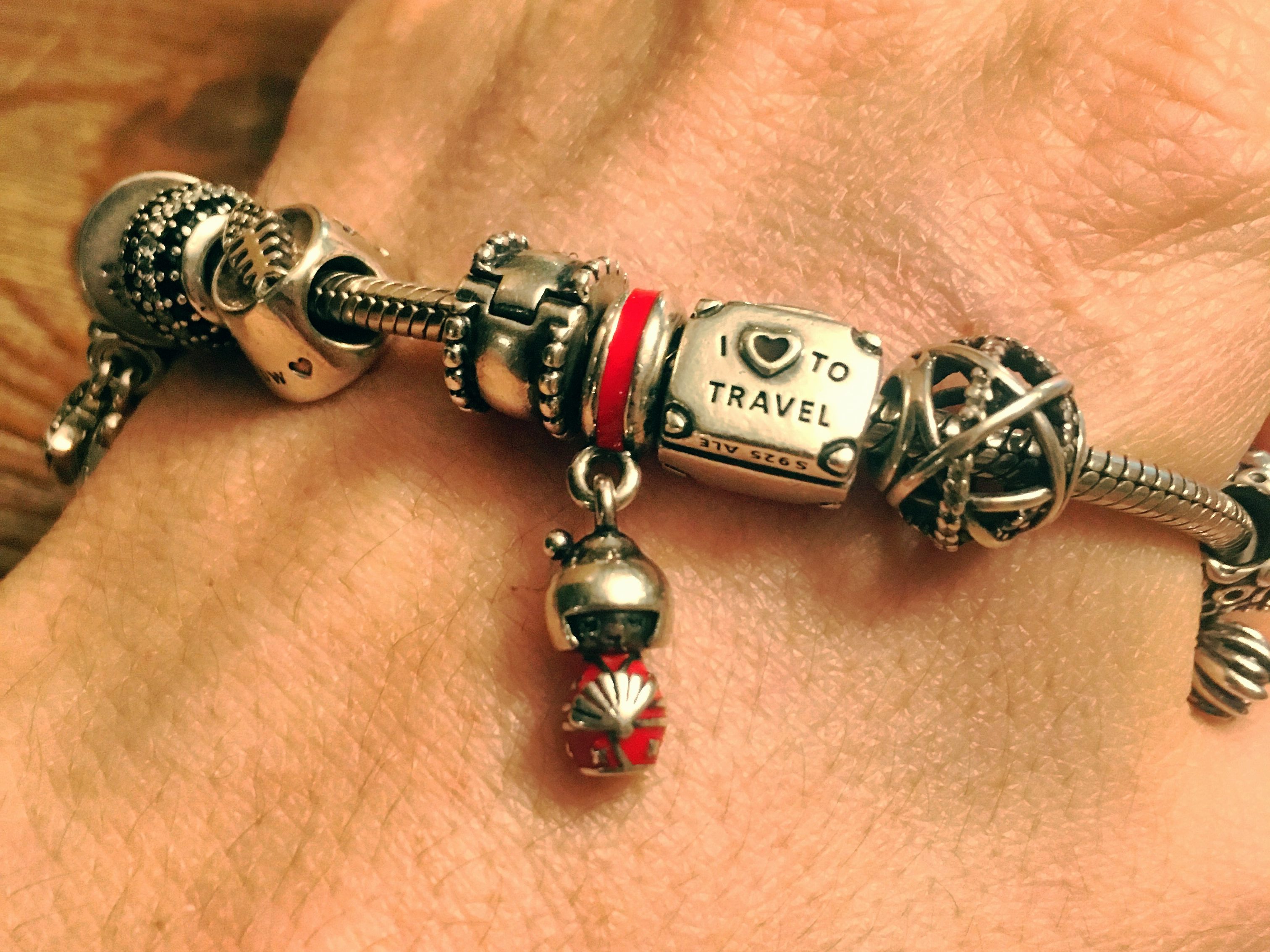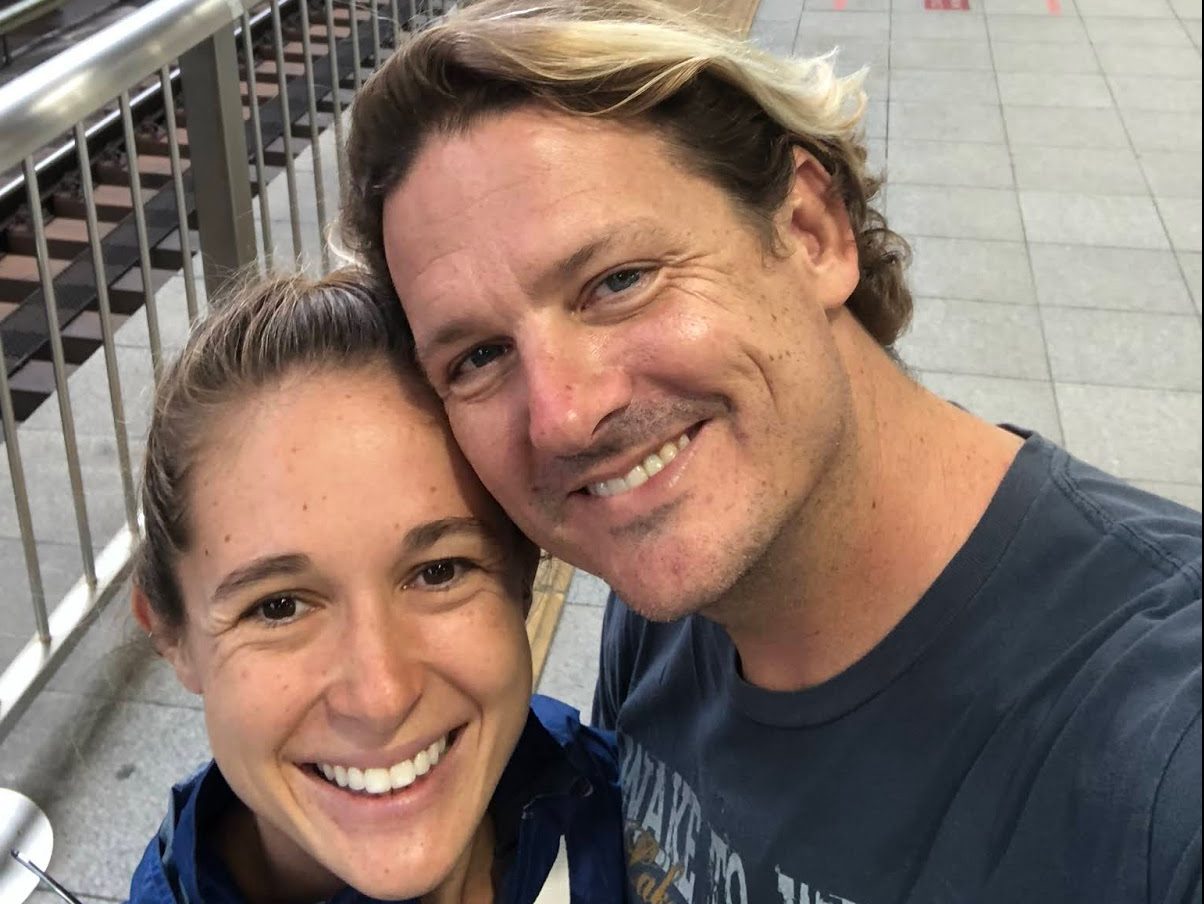
Japan Day 1 – Narita to Tokyo
There is a lot that I left unwritten about Fiji, but perhaps that is for the best. Life in Fiji was slow, which was a beautiful way to live life, but not all that much to write about. Fletch and I lived on a little island where we never had to worry about shoes or wallets. We did lock the door, but our key lanyards were left in the open window of the dive shop, so it’s not like it was really that necessary to lock up. Plus every door could be opened with the right sized butter knife. We worked 10-12 hours a day, twelve days on, three days off. While that was a lot, we were in the ocean playing with sharks and introducing people to Peter the pufferfish and Dolly the turtle, so it was really just very demanding play. The outside world stopped turning in Fiji. There was a phrase you’d sometimes see scrawled across a wooden post on the beach: Fiji Time, take time to live, because the whole world has time to give. And that was really the mission statement of the country. Time really didn’t matter there. Life was simple. Material possessions meant nothing. The clothes you were wearing didn’t matter. We didn’t even realize just what sorry shape our clothes were in until being re-introduced to the civilized world. All that mattered was greeting everyone by name and a jovial Bula. And so nearly two and half years of our lives happily passed with hardly a care in the world.
I know I won’t last long in the real world after that bliss but there is much of the world left to see, so here Fletch and I are, sitting on a train in Japan. We took a complete 180 turn from possibly the slowest moving place in the world, to the fastest. Now we are being whisked between cities in one of the most densely populated countries in the world on trains that move 200 mph. Sitting on the train is the easy part. Navigating a station with hundreds of thousands of people knowing exactly where they are going, with brightly colored signs everywhere to point you in the right direction that we can’t actually read, that’s the fun part. But I’m getting ahead of myself.
I’ve spent the past I don’t know how many years talking about Japan, so when we decided to leave Fiji, Fletch said he wanted to see Japan. So he gave me a generous budget and said have fun planning. What more could a girl ask for?
Japan used to seem a world away, but after all the remote places we’ve been recently, the 12-hour direct flight from Denver to Narita was just too easy. To further make it seem like we hadn’t gone anywhere, I ran into an old friend from high school in the Narita bathroom. We made plans to hang out at the end of the trip when we’d be back through Tokyo where she was currently living.
We had two things to do after collecting our backpacks, find data SIM cards for our phones, and exchange the vouchers we had pre-ordered back in the US for JR Passes. We walked back and forth along the length of the airport a couple times, trying to get our bearings, before we noticed the kiosk with the sign that said “SIM Cards.” Mobile data is something that’s new to the world since my last visit to Japan. It’s amazing how much technology has changed. (And I thought Japan was high tech before!) When I was here last, smart phones did not yet exist, and lots of time was spent studying railway maps before attempting to purchase a ticket. Now there’s apps for that, apps that you can plug in point A and point B and it will tell you which train to get on, on which line, which platform, where to change trains, and what time the next train is coming should you miss yours. Yes, it’s worth having a SIM card (make sure your phone is unlocked). Japan does not yet allow foreigners to have SIM cards that can make phone calls though.
A month of scouring the internet for hotels to stay at, in various cities across Japan, showed me that for the mid-range budget for a couple, there’s really not much variety. All the business hotels started looking exactly the same after a while. A low budget brings up an assortment of hostels, guest houses, and capsule hotels, but those all have single beds and shared bathrooms. Some hostels have a few private rooms on the side with double beds, but the price comes out to about the same as a business hotel. The business hotels have notoriously tiny rooms, so that people on TripAdvisor were complaining that they didn’t even have floorspace for a suitcase. You’ve probably seen those memes online to always check the dimensions when ordering on Amazon, with something like a picture of a cat next to a miniature sized cat tree. The same is true for Japanese hotel rooms. Always read the square footage. I finally came up with a method that involved finding the biggest room that was closest to the train station for the best price. 18 square meters at the Daiwa Roynet Hotel Ginza turned out to be a good amount of space. Probably more space than the little shoebox where we lived in Fiji.
The room was not only pleasantly more spacious than expected, but a lot nicer than I thought it would be as well. The bathroom had the typical Japanese toilet with a million buttons to warm the seat and play music and spray off various areas. The floor was a fake grey hardwood, and a glass door separated the shower area where a shower head a foot in diameter hung from the ceiling. The water pressure was adjustable between an eco-friendly drizzle, and an epic shower downpour. The back of the door had magnets to place out, including one to opt out of having the room made up. As a reward for our conservation efforts, the hotel gave us some eye masks. The room also included a smart phone loaded up with data and useful apps and articles on Japan which we were free to take out of the room with us.
We dropped off our things and went to take a walk down one of the brightly lit streets in search of food. Ginza is the shopping district so we were surrounded by various high-end stores like Chanel and Harry Winston. Exhausted from jet-lag and a day of travel, we didn’t look very hard, and found a “food mall” on the 4th floor of a building. There were several small restaurants to choose from, and we stopped for some fish curry at the last one. It hit the spot but was nothing to brag about by Japanese standards. We barely made it back to the hotel before passing out.



